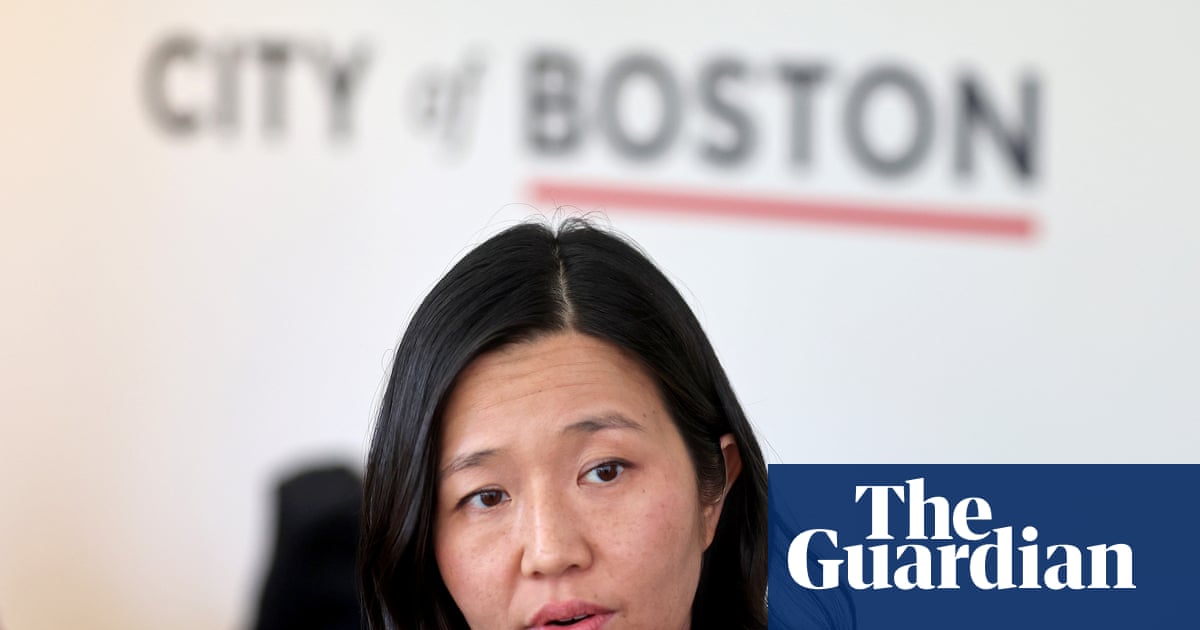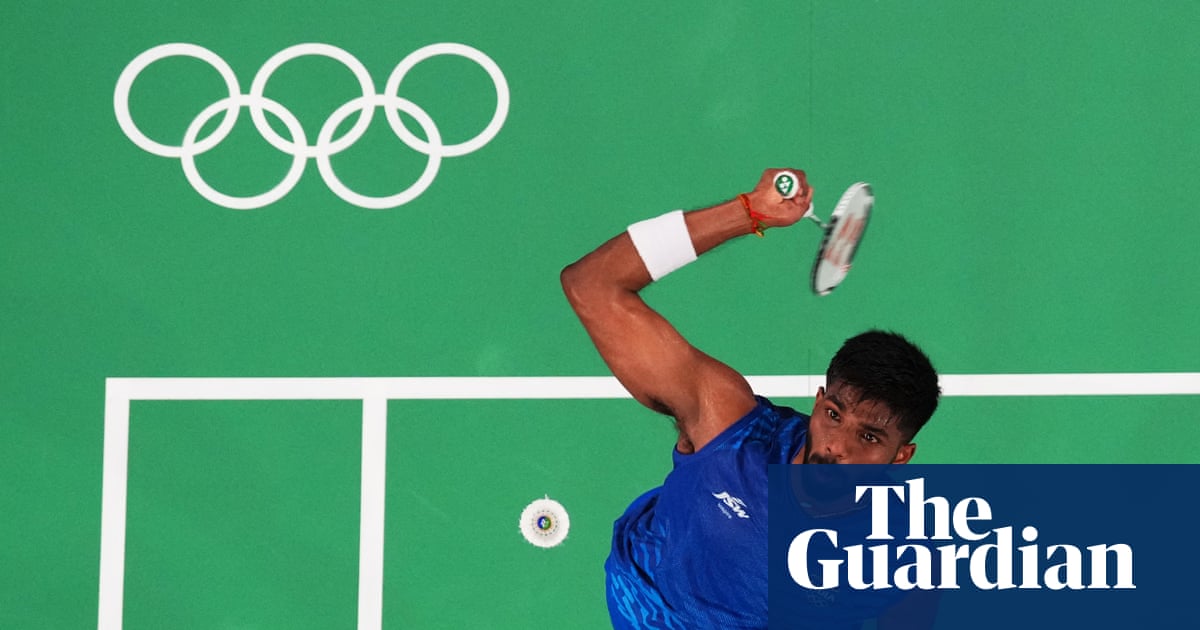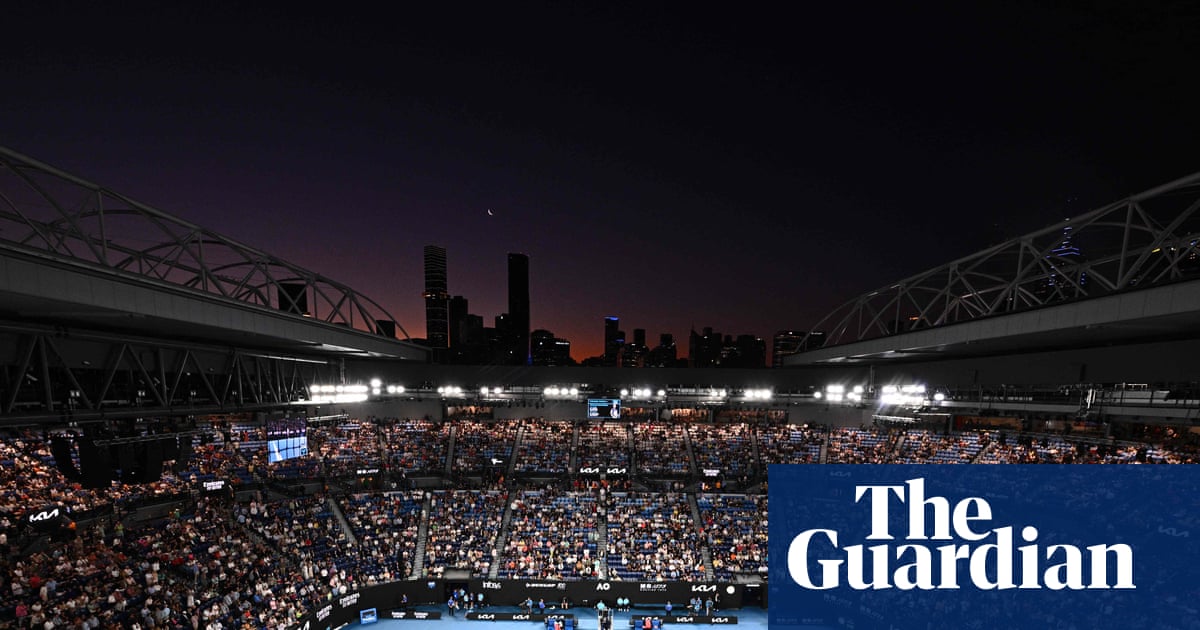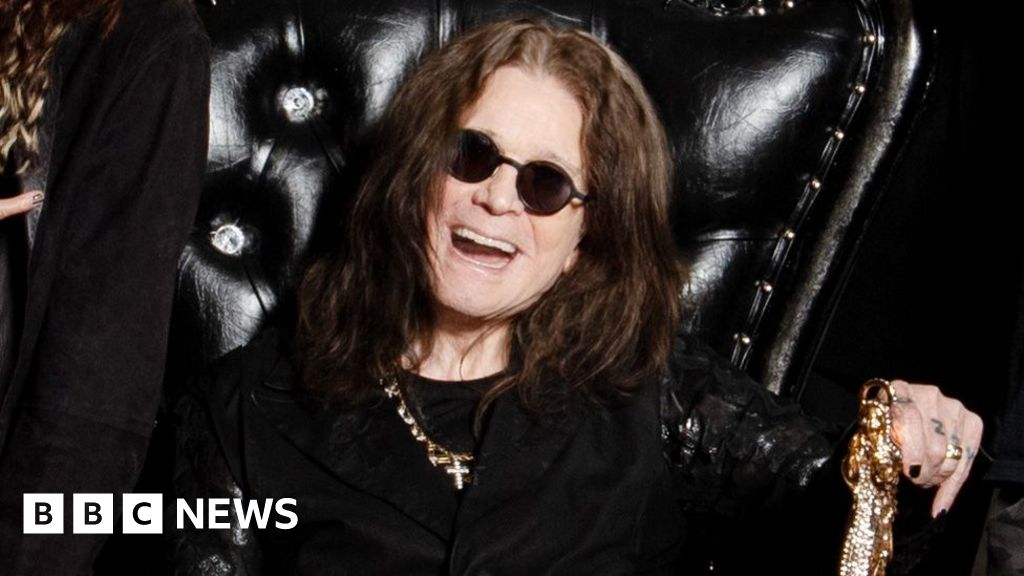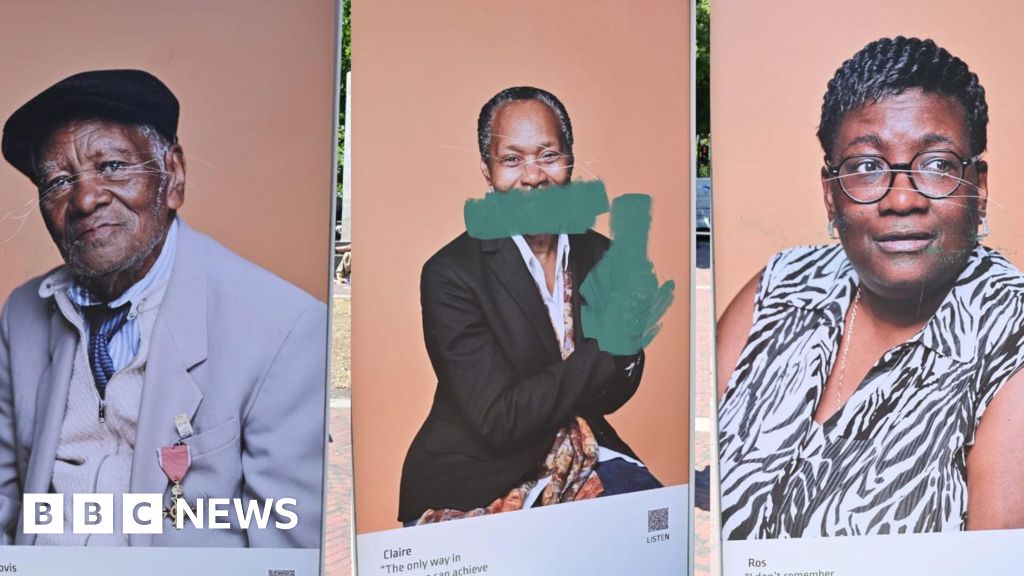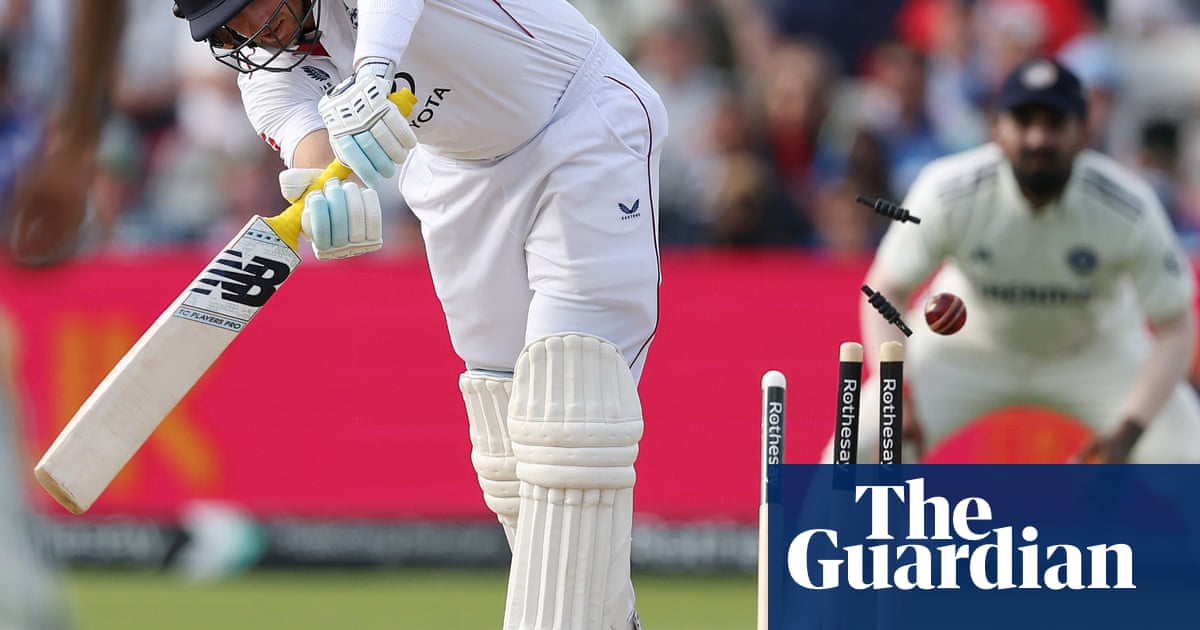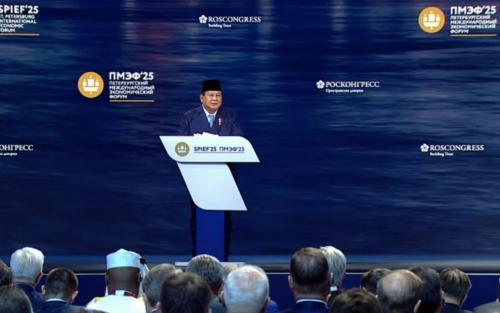At 6pm exactly, the first, and only, professional sumo dohyo anywhere outside Japan was finally ready. It had taken four days to build. The clay, shipped up from Kettering, where, the experts said, the earth had just the right consistency, had been shaped, sculpted, pounded into a stage, the six-tonne wooden canopy had been joined, and hung from the roof, the rice-straw bales had been beaten into shape with empty beer bottles, brought over especially for the purpose, and laid in a circle around the ring, the arena had been blessed by three priests, doused with saki, and strewn with salt.
Outside, an eager crowd was gathering underneath the streaming banners. There were corporate sorts, charging their bar bills to company expenses, a troop of diplomats, going to glad hand the Japanese ambassador at a VIP reception, and an awful lot of sumo super fans, some of them big men with beards, who first fell in love with the sport when it was on Channel 4 in the early 90s, some of them slight young women head-to-toe in Comme des Garçons, some middle-aged salarymen holding banners decorated with pictures of their favourite rikishi. Every one delighted, every one very excited.
This being London, a handful of shifty men circulated among them, whispering in thick cockney accents: “Tickets, tickets, buy or sell, who’s got tickets?” The price, if you’re asking, was “five hundred quid each for the good seats”.
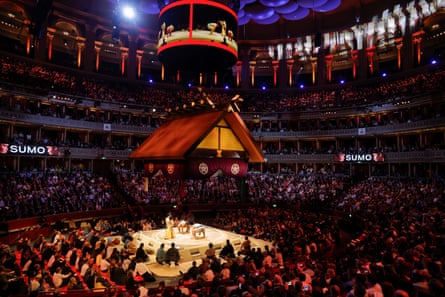
It’s the first time an official sumo tournament has been held outside Japan in 34 years, since it was last staged here at the Royal Albert Hall in 1991. “This is not only a sporting event, but a sacred ceremony,” said the Japanese Sumo Association chair, Hakkaku, in his welcome address. Something like Test cricket for the English, then. A lot of the fun is in the little details of the rituals, the crowd coo for the wrestlers who can lift their legs highest for the ritual foot stomping, and cackle for the ones who make a great show of tossing their salt furthest across the ring.
The last time Hakkaku spoke in the Albert Hall, it was to thank the crowd for their support after he won that first tournament. He’s been chair since 2015, and is due to retire in three years. It was a personal project of his to bring the sport back to the place where he won his famous victory before he retired from office.
It’s already a success. Sumo is Japan’s national sport, and this is an exercise in soft diplomacy. There are, you guess, a few new business deals being toasted up in the corporate boxes. The Hall is sold out for the week. If the prices were steep, they were still pretty cheap compared to stumping up for a flight to Tokyo to watch at the sport’s spiritual home, the Ryogoku Kokugikan. Plenty of people here are seeing it live for the very first time after years of following it online. “It’s my first time seeing a professional fight,” says Richard Riggs, vice-president of the British Sumo Association. “I couldn’t be more excited for it.”
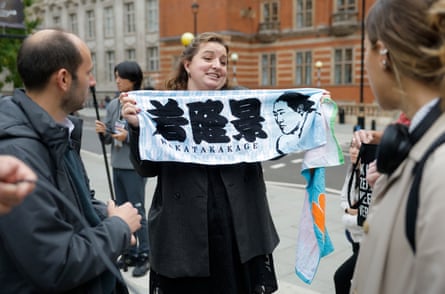
Riggs is a (large) member of the (small) band of British sumo wrestlers. He used to play rugby, but took the sport up during lockdown when he was looking for something new to do. Two and a half years later he was competing for the British national team at the amateur world championships. He just set up his own sumo club in Barnsley. “We like to say the sport is an inch wide, but a mile deep,” says his friend, the BSA secretary, George Young. They get irritated by stereotypes. Sumo is an incredibly intricate sport, and the techniques take years to master. There are 82 ways to win a single bout.
after newsletter promotion
The tempo goes slow-slow then very quick, as the wrestlers settle then snap into action. It all happens so quickly that it’s almost impossible to tell exactly what combination of holds and twists the winner used, and the night’s opening fights end in split seconds. It’s made spectator-friendly by the ringside work of Hiro Morita, who hosts the JSA’s YouTube show, Sumo Primetime. Morita’s commentary is being piped in on earpieces, and in between the clacks of the wooden hyoshigi blocks used to summon the wrestlers, and in the bass rumble and thump of all that flesh being heaved about the ring, the hall crackles with the sound of his gleeful observations.
The crowd adore Shishi, one of two Ukrainian wrestlers competing here this week. The JSA is worried about the waning numbers of sumo wrestlers, they used to have 1,000, but now they are down to just 600, which is another reason why they have decided to spread the net by bringing this tournament overseas. Hakkaku hopes that Shishi’s performances here will help inspire more European wrestlers to join up, that, somewhere out there in the hall, there will be some young sumo fan, dreaming of making a life for himself out there under the bright lights of the dohyo.
.png)
 3 hours ago
1
3 hours ago
1











